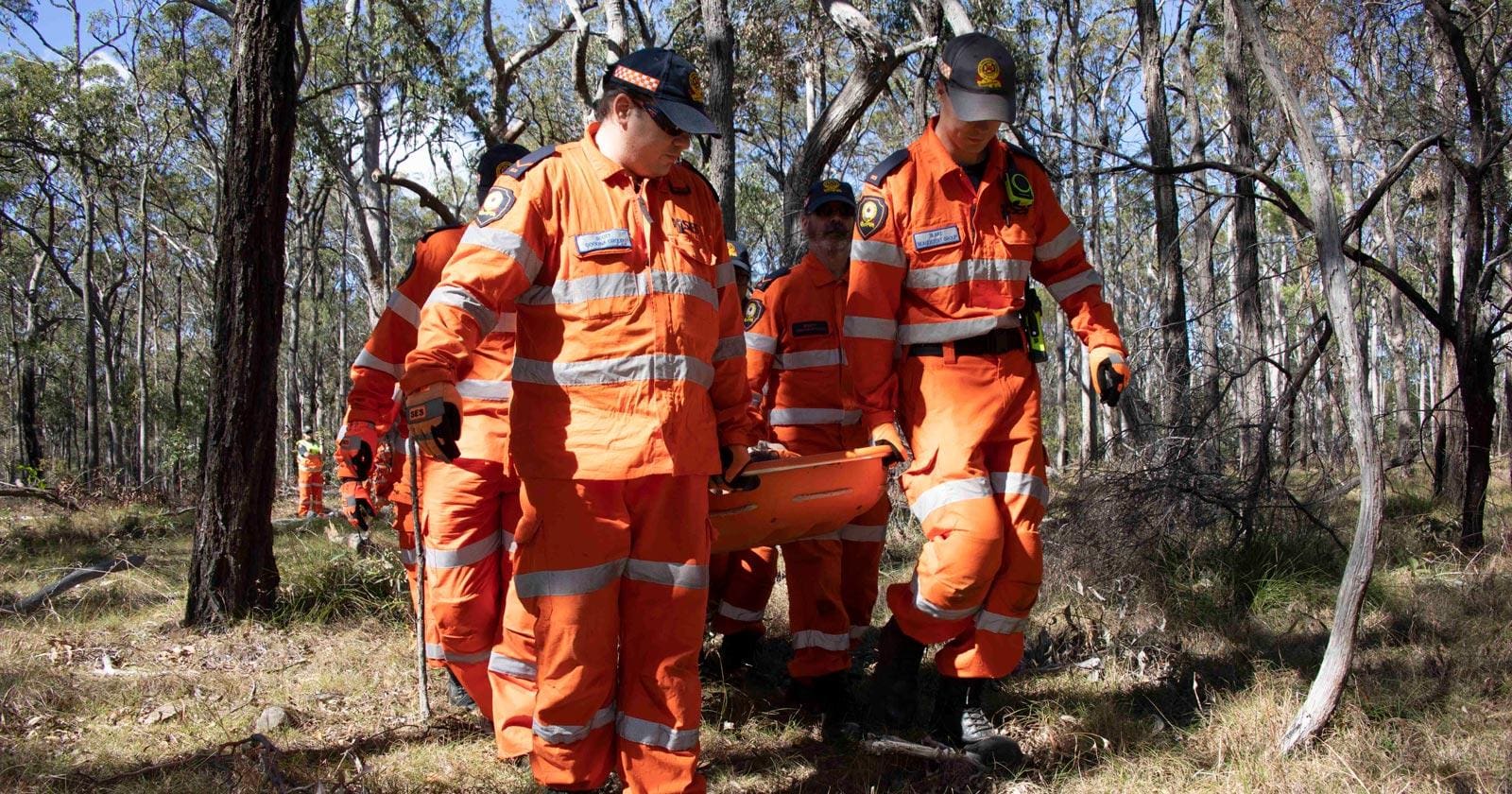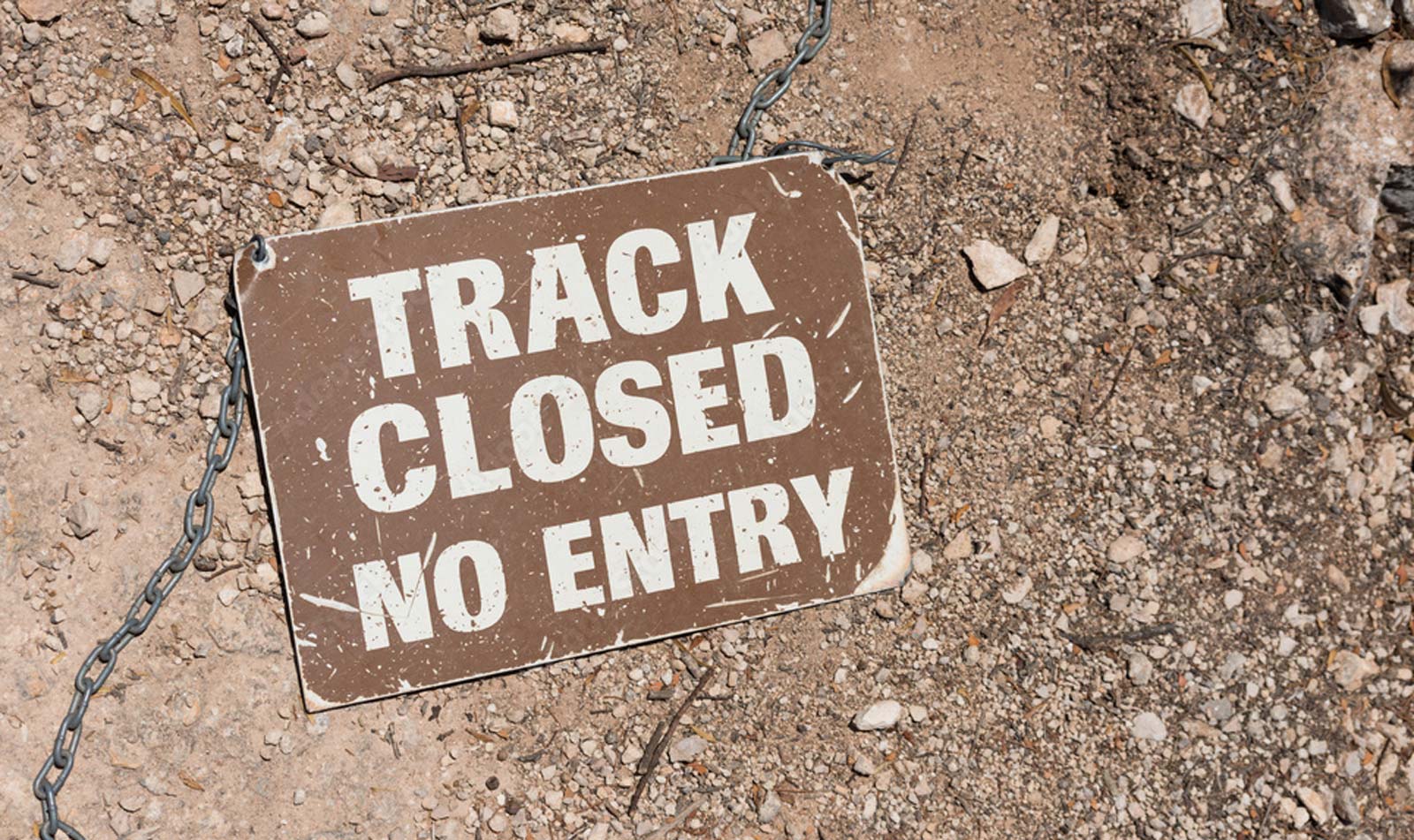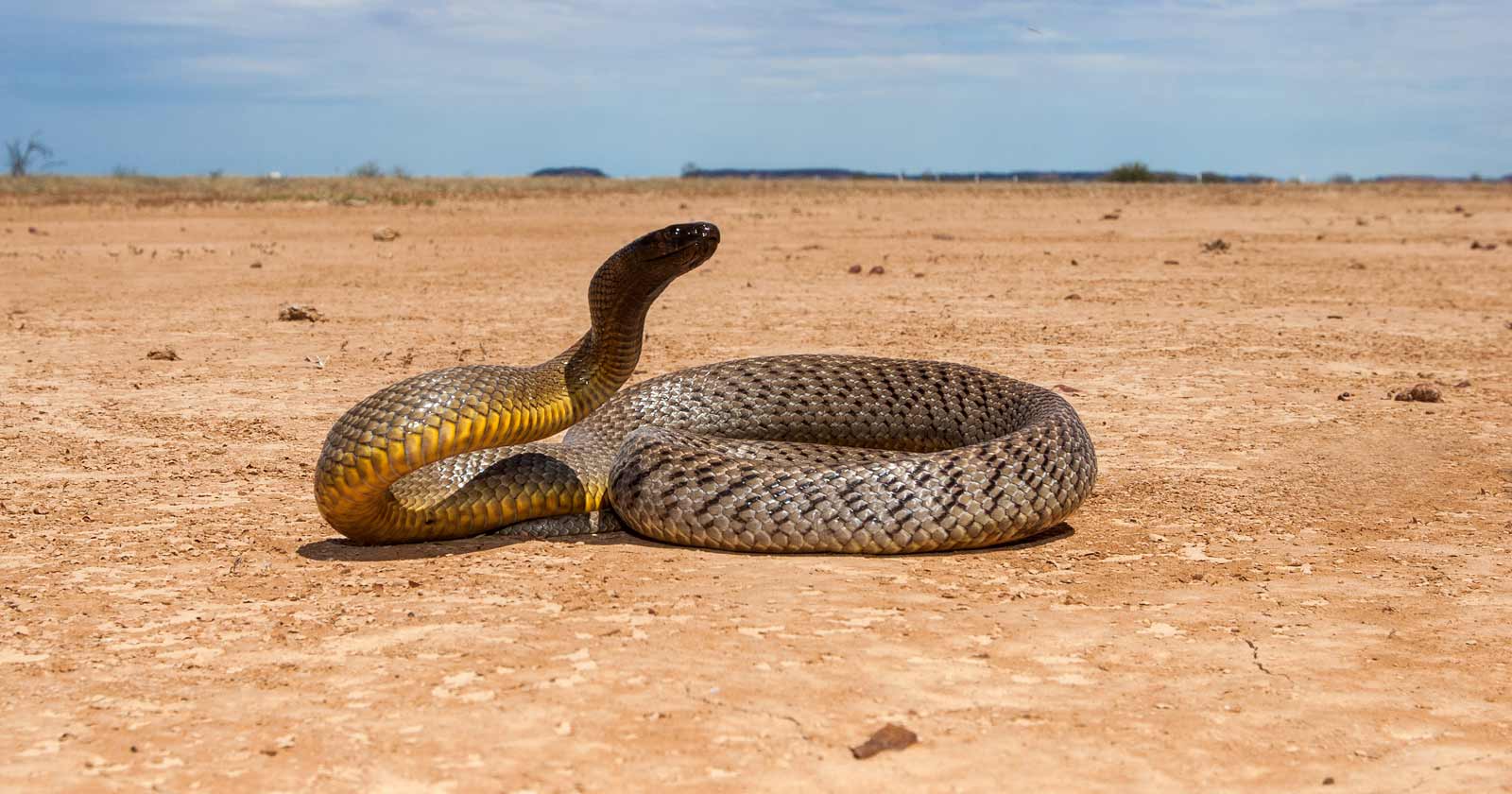Wilderness first aid: Be prepared to manage the situation
You or a hiking buddy get hurt. Sit back, relax and call 000. It wont be long before help arrives. The reality is, help could be hours or days away before a recovery team can get to you so be prepared to manage the situation.
1. Stay calm
Many moons ago, during a military first aid course, I was once told to stop and have a cigarette before treating a patient. I’d argue that advice is probably a bit too blasé, but the point is the cooler heads always prevail. Stop, breathe, assess.
2. Don’t put yourself or others in danger
This concept is repeated ad nauseum, but it is pretty much impossible to be dispassionate about a friend or loved one in danger. Remember, you are their best chance of survival. Your safety and that of others is paramount. Without this, treatment cannot occur.
3. Review your kit for each expedition
There is no such thing as a perfect first aid kit for any given trip, much less for all occasions. Your needs will vary greatly by terrain, country, climate, time spent in the field, time from definitive care and risk acceptance. Be sure to review before each expedition and replace used items.
4. Be prepared to improvise
I don’t know about you, but I rarely carry a cervical spine collar, traction splint or stretcher on my expeditions. If we possessed all the medical equipment we could ever need, we’d probably be in a hospital. Be prepared to think outside the box and use trekking poles, jackets, sticks, socks… whatever!
5. Emphasise patient comfort
The main difference between wilderness and urban first aid is the length of care, often measured in days rather than minutes. Keeping your patient as warm, dry and comfortable as possible is not just a nice thing to do, it also increases their chance of survival.
6. Have a contingency plan
It helps to have considered your options before ever stepping foot on the trail. If an injury occurs and evacuation is necessary, what are your options? Are there alternate routes? Can you backtrack? Is a helicopter a possibility or will you need to hoof it? Don’t wait until the heat of the moment.
7. Be super careful of head injuries
There’s a tendency toward a “she’ll be right, mate” attitude amongst Australians. We like to think of ourselves as a hardy bunch. However, head injuries should ALWAYS be treated with suspicion. If there is any loss of consciousness, evacuate immediately. Even if there isn’t, continue to monitor the patient vigilantly.
8. Consider MOI
There is an awful lot of credence given to spinal injuries in many first aid courses, but it pays to consider the Mechanism of Injury (MOI). Did the nature of the incident warrant concern for the spinal column? If not, it’s possible that there are plenty of other factors that are significantly more pressing.
9. Don’t get tunnel vision
The wilderness is four dimensional – look around, look up, look out. Before you begin treatment, consider the environment around you and remove any hazards if it is safe to do so. Remember to monitor factors such as weather and available daylight as you continue treatment.
10. Get trained, stay current
Knowledge is power. A Wilderness First Responder (or “Woofer”) course is your best bet to arming yourself with the amount of information and skills you’ll need for responsible wilderness travel. For more info check Wilderness First Aid Consultants.
Contributed by: Great Walks





